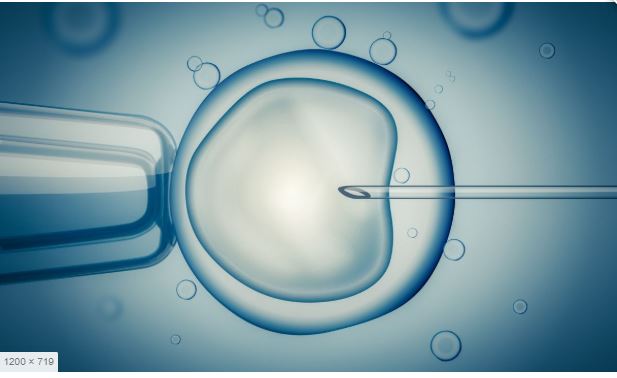Background: Over the last decade, many studies have been done on the connection between obesity (BMI>35) and male infertility. This wave of research was was stimulated by the current trend for decline in semen parameters occurring in parallel to the increasing prevalence of obesity worldwide (Male obesity in reproductive-age men has nearly tripled in the past 30 years and coincides with an increase in male infertility worldwide). In addition to impaired semen quality, fertility among obese men was thought to be affected by sexual dysfunction, endocrinopathy, aromatization activity, psychological and thermal effects, sleep apnea, leptin and minor toxins, and possibly the inflammatory and obstructive elements of epididymitis pathology.
Current knowledge: The studies have identified obesity as a fertility obstructing factor, and as a reason for needing fertility treatments. The most simple obstruction to normal male sexual function, and the most common, is through sexual dysfunction caused by low testosterone levels (common in obese men), and damage to the blood flow to the testicles. Obesity can also impact male infertility in two additional profound ways: impact on body temperature and effect on the endocrine system. In terms of temperature, excessive fat tissue causes a rise in body temperature, especially around the testicles, thus negatively influencing sperm production. This is because the proper function of the testicles requires their environment to be at 20C less than the rest of the body. The second effect exerted by fat tissue is on the hormonal regulation of sperm production. Sperm production starts with the secretion of the FSH and LH hormones in the brain. These hormones then travel in the blood stream from the hypophysis (AKA the pituitary gland) to the testicles, where they contribute to sperm production and to the production of testosterone – which in turn has an an important role in the sperm production process. In order for the sperm production process to occur normally, the communication between the hypophysis and the testicles cannot be uninterrupted: during production the hypophysis will adjust the hormone secretion pulses as it establishes a negative feedback loop with the testicles. What fat tissue do to disrupt this communication is to produce the female hormone estradiol, high levels of which disrupt the testicle-brain circuit. In addition, accumulation of excessive fat tissue will disrupt the function of the hormone receptors in the testicles, preventing sperm production in this way as well.
Treatments: While it is becoming clearer that male obesity has negative impacts on fertility, sperm function and long-term impacts on the health burden of the offspring, it is equally clear that simple interventions such as changes to diet and/or exercise can reverse both the disease state and the offspring outcomes. Today, the recommendation at many fertility clinics is not to undergo fertility treatments, without first trying to substantially reduce weight, through surgery or radical changes to leaving habits. In many cases this recommendation has had a major effect on different health related indexes, including improvement in the diagnosed fertility problem. It is important to note that bariatric surgeries (or weight loss surgeries) might leave fat tissue in place, and therefore maintaining comprehensive behavioral changes is required, including regular exercise.
Recent studies of diet and exercise interventions in animal models of obesity have determined that sperm function is correlated with the metabolic health of the individual. Improvements in metabolic health such as a return of plasma concentrations of glucose, insulin and cholesterol to normal levels result in improvements in sperm motility and morphology, concomitant with improvements to molecular composition such as reductions in oxidative stress and reduced DNA damage. However, to date there is still little information about the impact of diet/exercise intervention in obese men with regard to semen parameters in the human.


